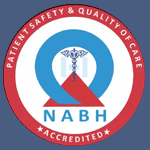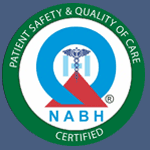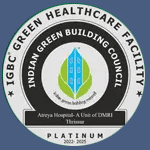Temporomandibular disorders (TMD) is a collective term embracing a number of clinical problems that involve the masticatory musculature (Muscles of chewing), the temporomandibular joint (TMJ) and associated structures, or both. Epidemiological studies show that about 75 % of the population presents one sign of TMD and 33 % present at least one symptom
Temporomandibular disorders (TMDs) are a group of more than 30 conditions that cause pain and dysfunction in the jaw joint and muscles that control jaw movement. “TMDs” refers to the disorders, and “TMJ” refers only to the temporomandibular joint itself. People have two TMJs; one on each side of the jaw. You can feel them by placing your fingers in front of your ears and opening your mouth.
There are three main classes of TMDs:
◆ Disorders of the joints, including disc disorders.
◆ Disorders of the muscles used for chewing (masticatory muscles).
◆ Headaches associated with a TMD.
Symptoms:
When to see doctor??
● Pain in the chewing muscles and/or jaw joint (most common symptom)
● Pain that spreads to the face or neck
● Jaw stiffness
● Limited movement or locking of the jaw
● Painful clicking, popping, or grating in the jaw joint when opening or closing the mouth or grunting teeth during sleep/ clenching while angry or in stress
● Ringing in the ears, hearing loss, or dizziness.
● A change in the way the upper and lower teeth fit together or jaw deviation
Non-surgical treatment of TMDs continues to be the most effective way of managing over 80 % of patients , which include psychotherapy or behavioral therapy, pharmacotherapy, occlusal splint therapy and various physical therapies like thermal therapy, acupuncture, electrical stimulation, ultrasound therapy, physiotherapy and low intensity laser therapy(LLLT).
OP timings:
Every Wednesdays from 10.00am





